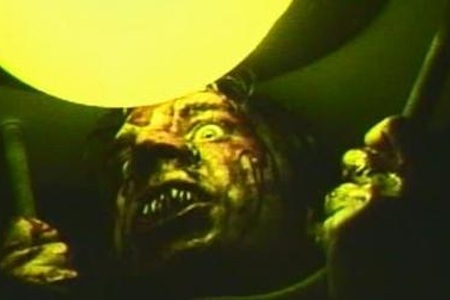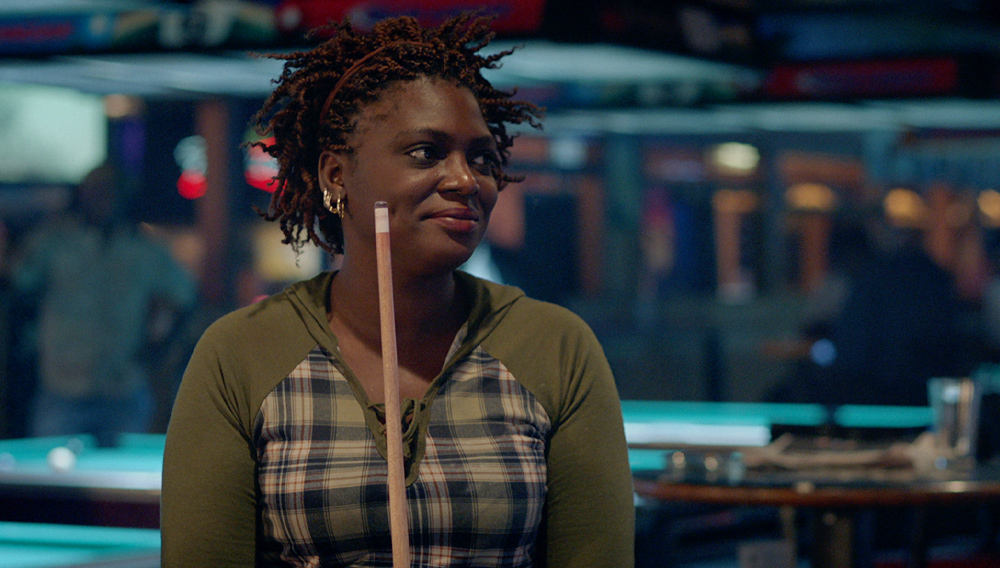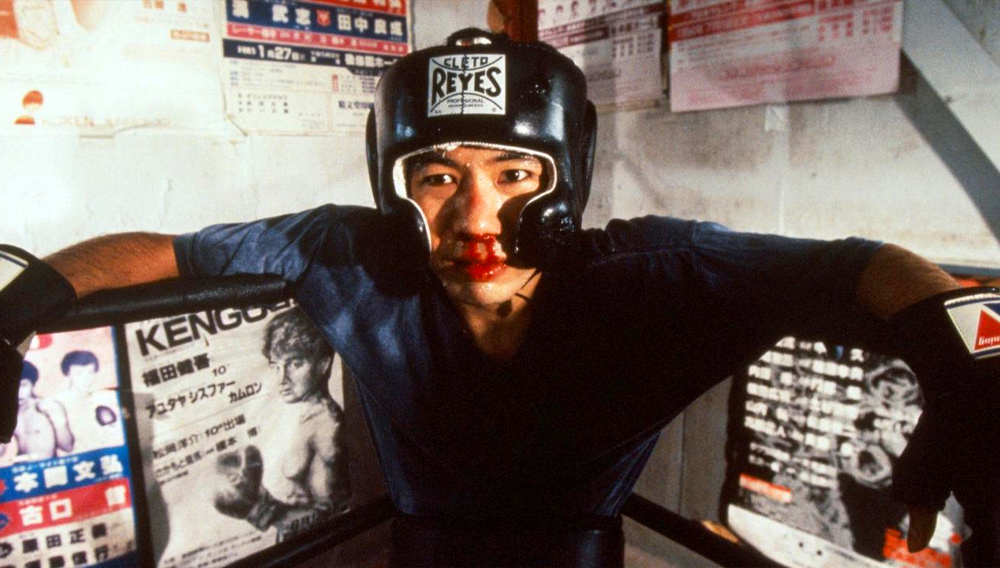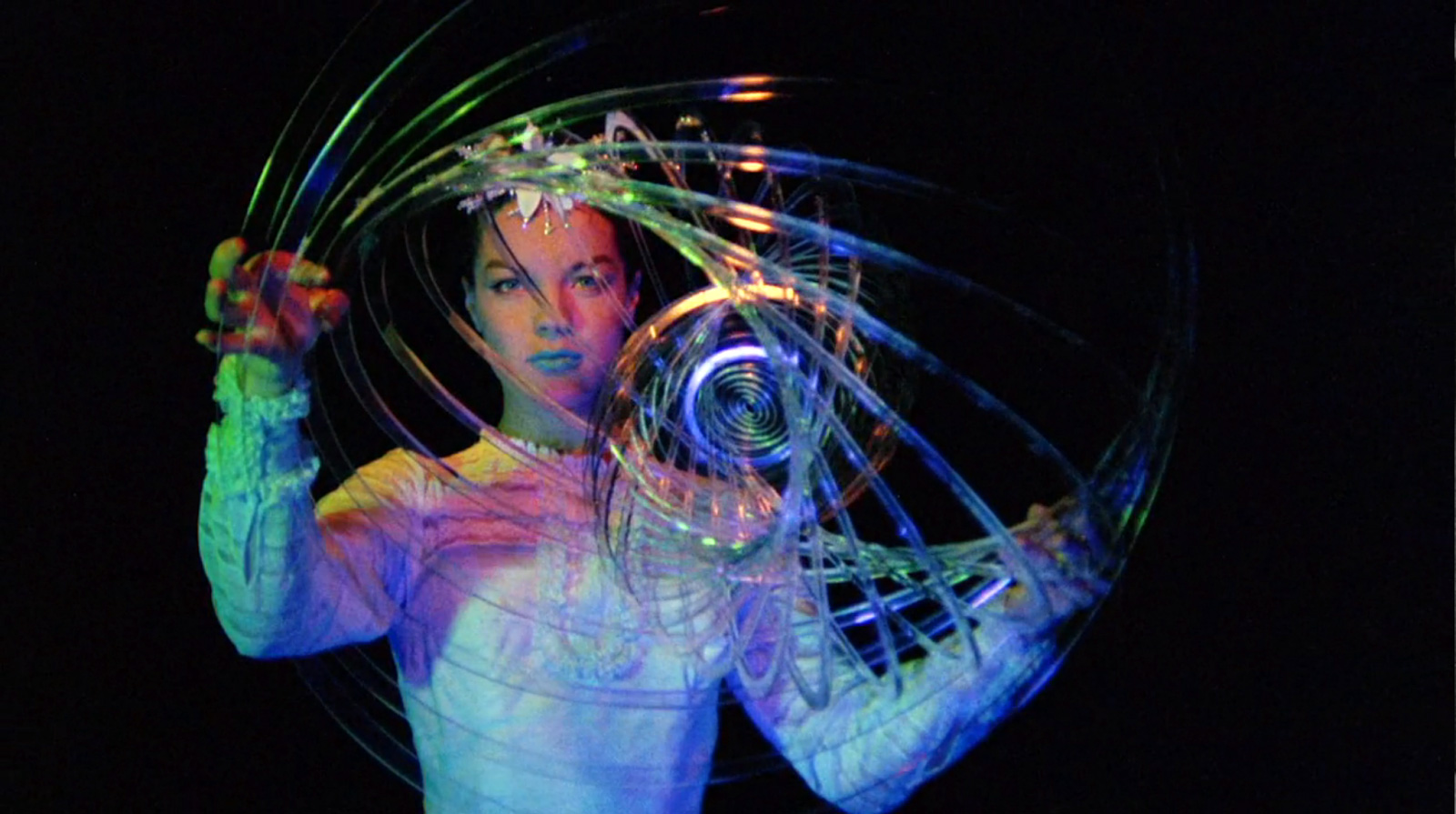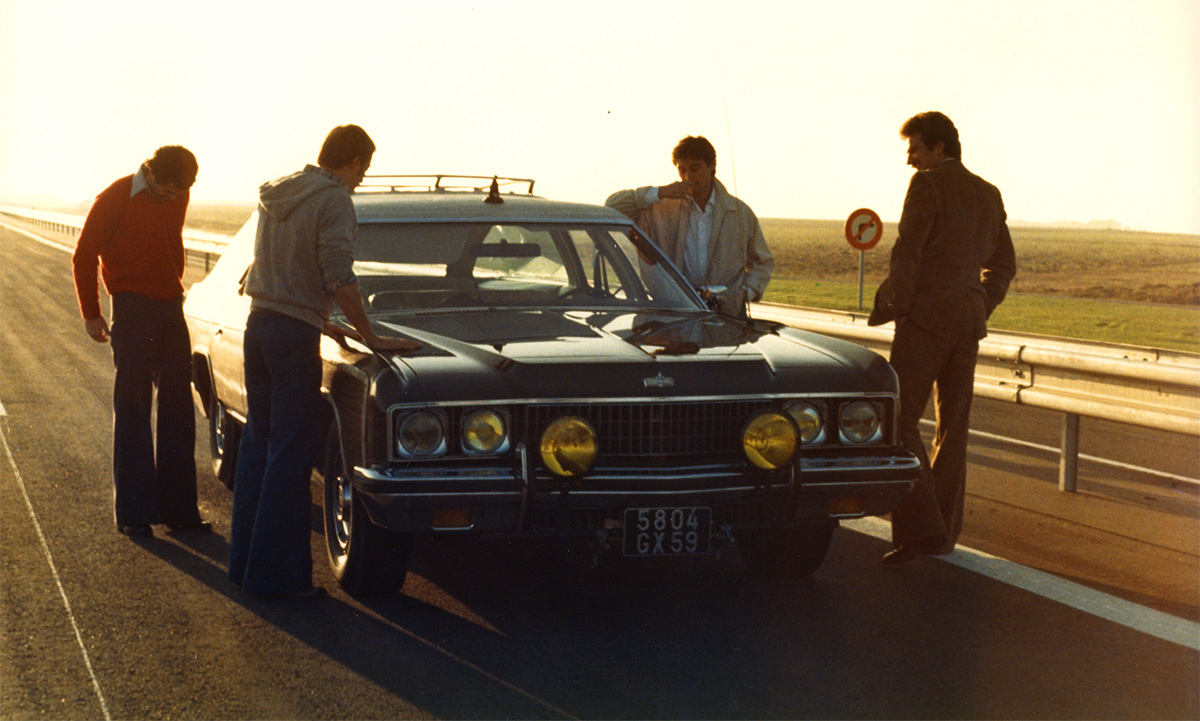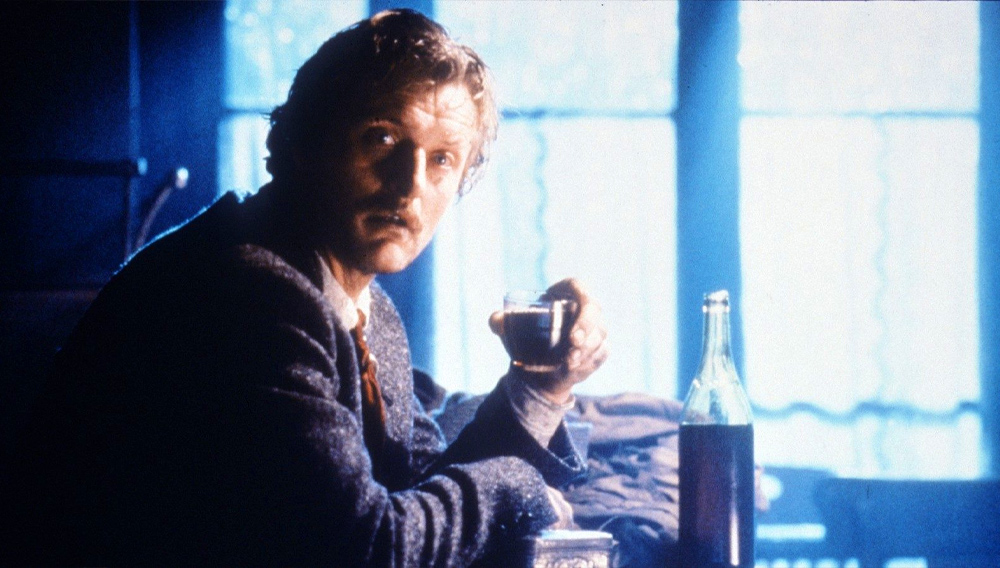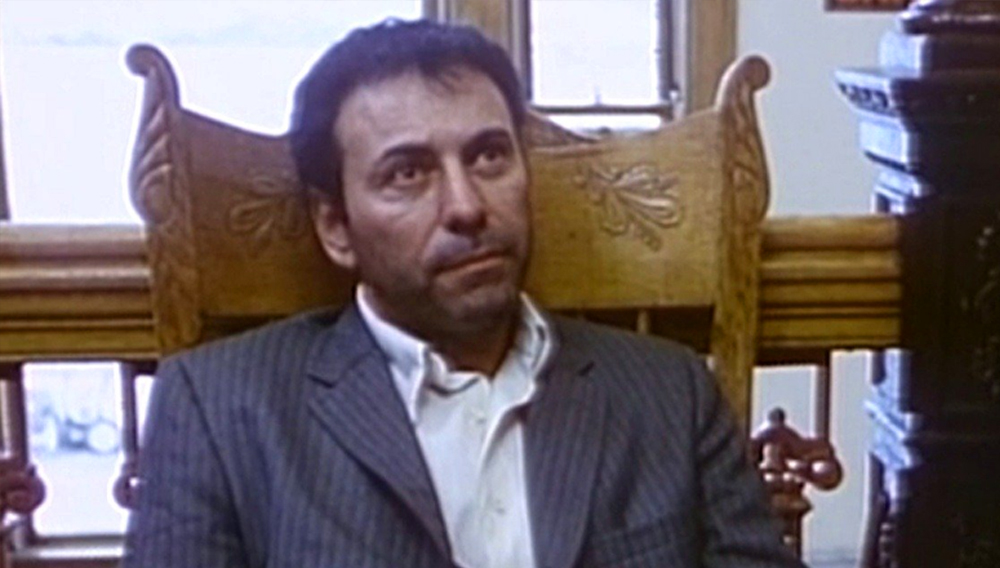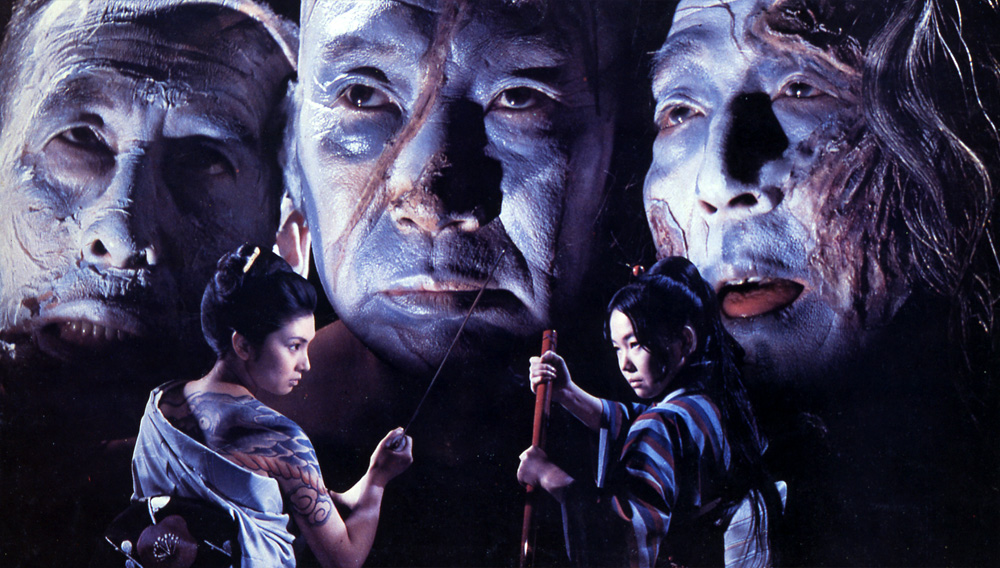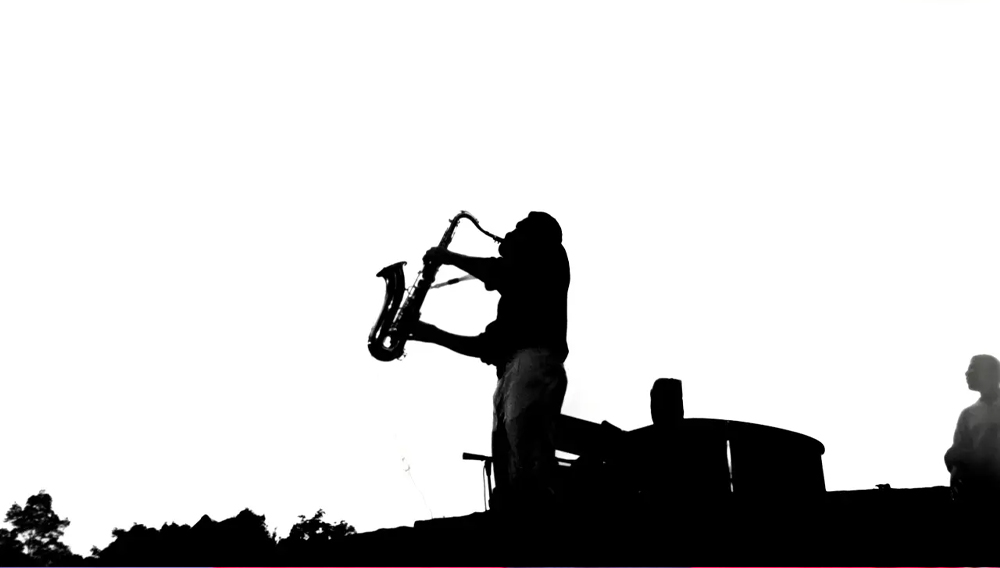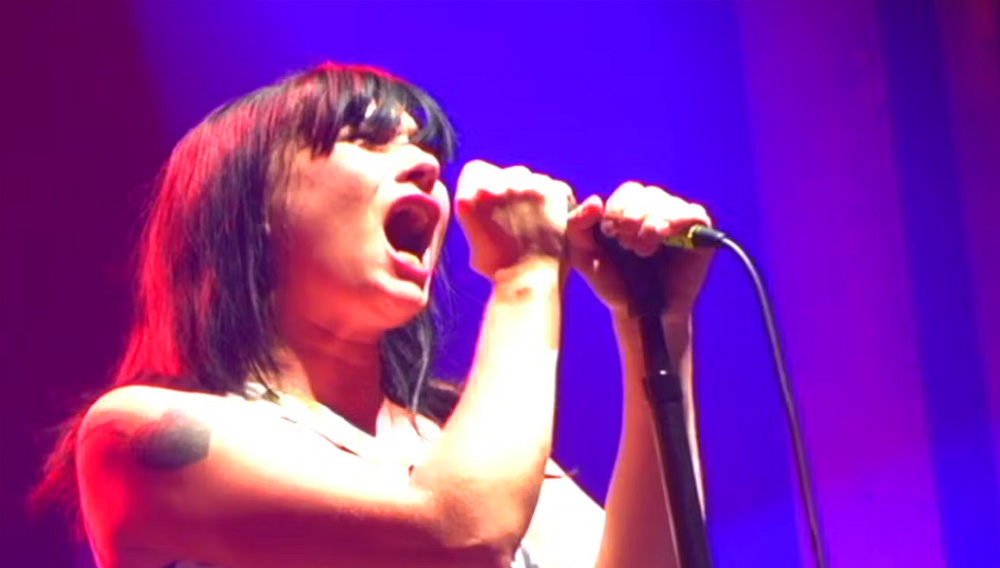Damon Packard’s 1988 underground horror film Dawn of an Evil Millennium has grown to become an enigmatic, unclassifiable cult classic. It’s unclassifiable because it’s not a finished work…per se. Pegged as a 20-minute trailer for an eventual 18-hour horror epic (which sadly never came to fruition) Dawn is not a traditional short film either; Dawn’s hyper speed narrative is interrupted on occasion, reminding you of cast credits and how the real movie is “coming soon.” Still, this enigmatic work by Packard has the kind of go-for-broke bravura filmmaking that can make even the most jaded of cinephiles sit up and take notice. Shot on Super 8, with film student peers and colleagues, Dawn is obviously influenced by the DIY manic aesthetic established by Sam Raimi’s Evil Dead (1981). But Dawn also projects into the future: It’s consistently reinventing, rehashing and re-upping itself on violence, comic exuberance and shock value—a tactic that would later be applied by countless mainstream (and independent) horror films.
Following the bloody, absurd and eventually psychedelic undertakings of a Demon (played by Packard) who is sent to Earth to “explode your head,” Dawn shifts gears from abstract art film to hokey blood fest every few minutes. The Demon himself walks funny, sort of a cross between the alien farmer Edgar from Men in Black (1997) and one of the energetic zombies from 28 Weeks Later (2007). On a gore level, the film slips into the farcical arena, mixing buckets of red paint and miscellaneous food items to depict brain matter splattered everywhere; the advent of CGI would help newer films, like Shaun of the Dead (2004), achieve an ocean’s worth of blood-gushing visual gags. And for a supposed “trailer,” Dawn is not light on subplots (car chases, galaxy imagery and “evil hunchback sorcerers”) either. Each of these micro-sequences exists on their own plane; each act as a gestation of exciting ideas revolving around what modern “horror cinema” can achieve.
Video Essay: Modern Underground Horror
What’s most striking about Dawn, other than its unabashed zeal (consider a car chase in the country that is an obvious influence for a scene in 2009’s Daybreakers), is how it set the template for the lo-fi, independent horror auteurs of today: The POV of the lone demon (2007’s Colin would identify with a boy zombie), the obfuscated mise-en-scène (2009’s [REC] 2 would employ green, grainy night vision video in an attic) and the off-kilter, sci-fi excursions (trippy vignettes that would play an integral part of 2010’s Beyond the Black Rainbow). In a perfect world, Dawn would be essential viewing for intro film students who are looking to innovate during their moment in the sun.
It’s unfortunate that Packard never was given a Hollywood-sized budget to deliver something on an outlandish scale. Maybe it’s a blessing in disguise: Packard continues to grow his niche filmography, touring through independent film festivals, where he is revered for his commitment to underground filmmaking.
One final note: The voiceover at the end of Dawn of an Evil Millennium promised that this epic horror adventure would arrive during the summer of 2000 (i.e. the new millennium). Considering the similar stylistic traits, themes and violent fervor that it shares with the discussed films, Dawn is looking less like a forgotten underground film trailer and more like a declaration of what was to happen to modern horror cinema.

